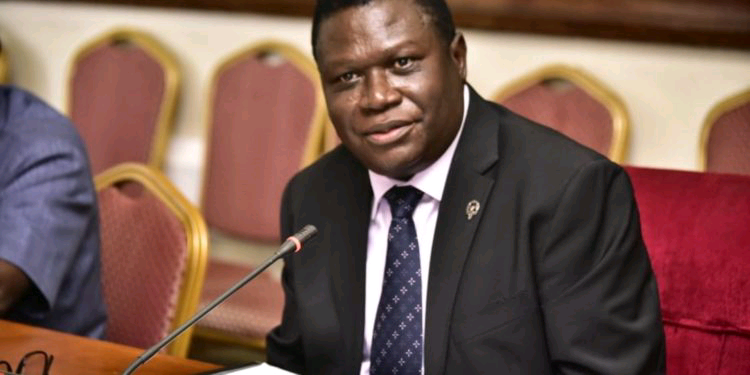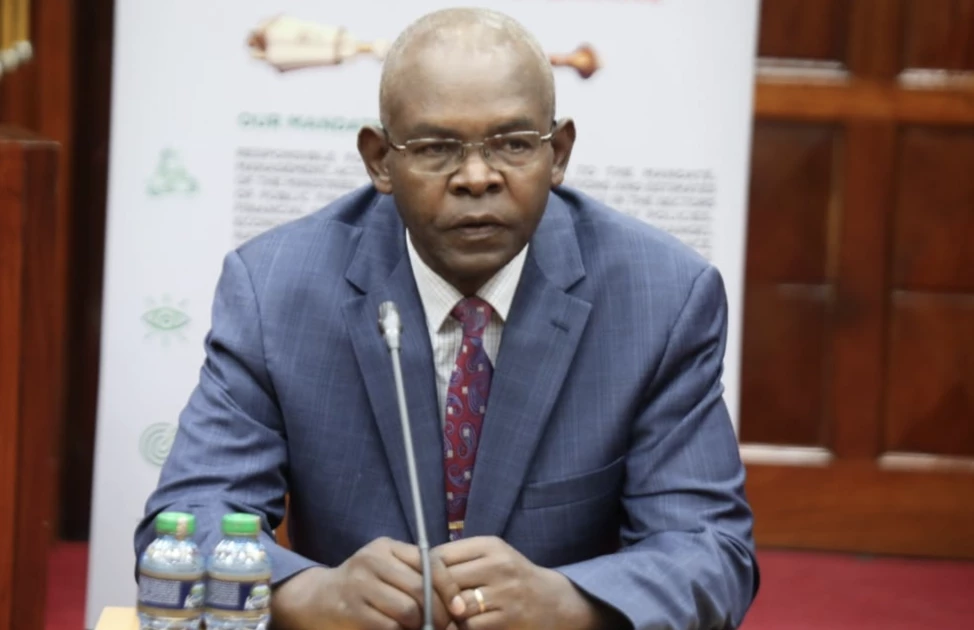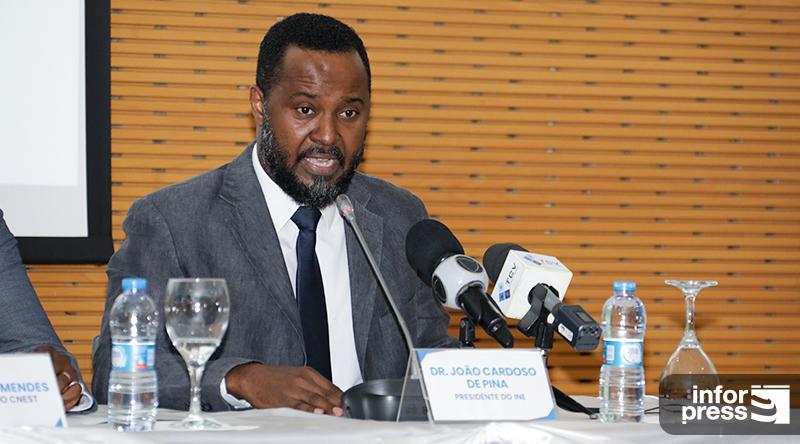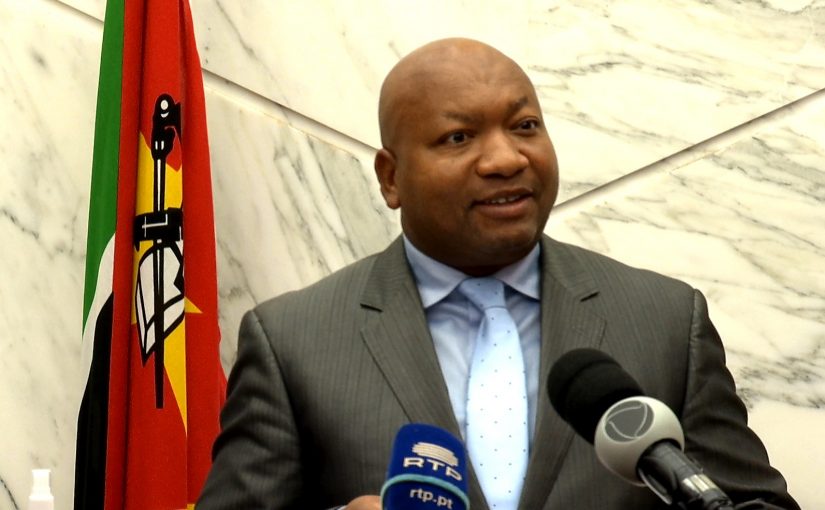Rwanda Tunisia forum signals execution credibility
Rwanda–Tunisia forum tightens North–East Africa value chains as input costs track BZ=F and frontier risk appetite runs through EMB and FM; watch RWF=X to gauge whether non-debt FDI offsets capital-goods imports amid a narrowing external gap.
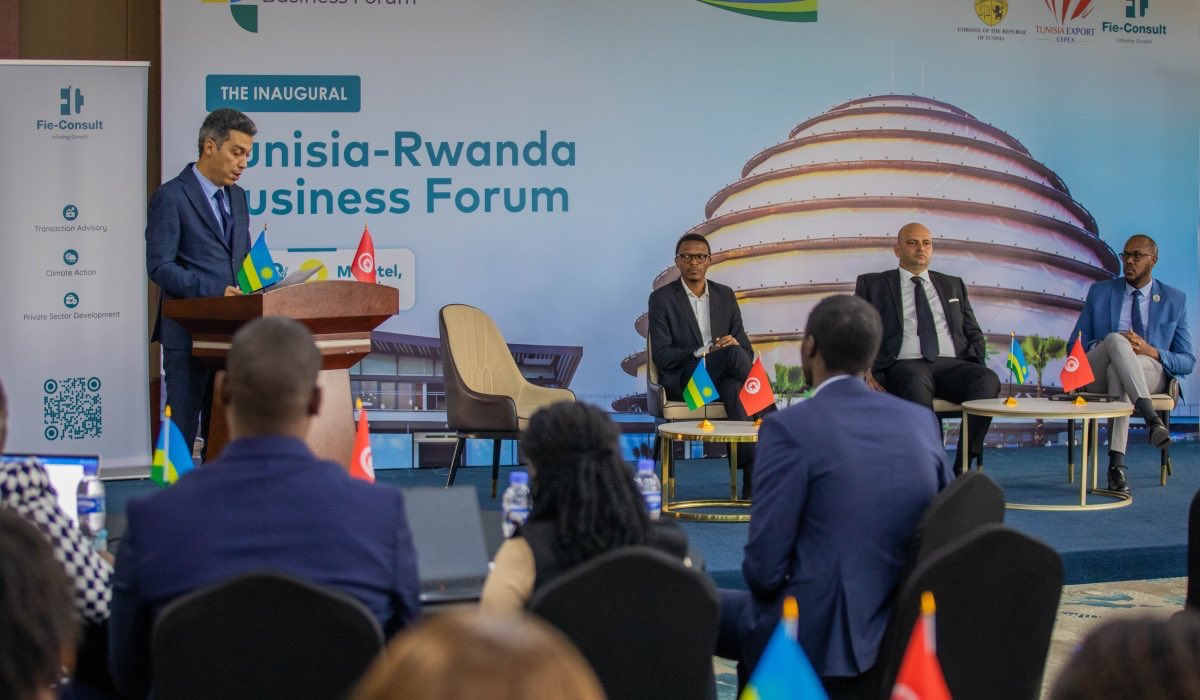
Rwanda’s business forum with Tunisia on 21 October 2025 is a policy execution step to convert diplomacy into tradable supply chains, non-debt capital and technology transfer across a North Africa–East Africa corridor. Rwanda enters with strong real growth and moderating inflation but an elevated external gap and funding needs; Tunisia brings manufacturing depth, EU-adjacent standards and Mediterranean access but constrained domestic demand and fiscal pressure. The signal is deliberate: Kigali aims to shift external adjustment from FX rationing to export earning capacity via joint ventures in ICT, agro-processing and light manufacturing, while Tunisian firms diversify FX income and market exposure into a rules-driven frontier economy.
Macro anchors define feasibility. Rwanda’s real GDP expanded at high single digits in 2024 and is guided around 7% for 2025 (calendar year). Headline inflation eased to 7.1% year on year in August 2025, and the National Bank of Rwanda increased the policy rate to 6.75% in August 2025 to keep real rates near neutral as disinflation proceeds. The current-account deficit stayed wide in 2024—near 10–11% of GDP as capital-goods imports lifted the import bill—while international reserves covered roughly 4.5–4.7 months of imports through mid-to-late 2025. Tunisia’s growth hovered around 2–3% in 2024–2025, public debt near 81% of GDP at end-2024, and inflation in the high-single digits into 2025. These frames bound what the forum can deliver and where it can tighten macro transmission.
Mechanisms are concrete and testable. A bilateral council that standardises documentation and accelerates approvals compresses non-tariff trade costs and shortens cash-conversion cycles for cross-border suppliers. A joint facilitation platform linking Rwanda’s investment regime with Tunisian promotion agencies can co-finance ICT backbones, food-processing lines and consumer-goods assembly where modest capex yields outsized throughput and quality gains. Tunisian firms localising intermediate production in Kigali’s special economic zones transfer process discipline and certification, while Rwandan operators gain access to Mediterranean logistics and EU-proximate standards through Tunisian partners. These channels move Rwanda’s balance-of-payments adjustment from import compression to export growth and give Tunisian corporates a diversified hard-currency income stream with higher margins than saturated domestic markets.
Macro and sector impacts follow from those mechanisms. For Rwanda, redirecting USD-denominated capital toward tradables reduces reliance on concessional loans and moderates rollover risk; each USD 100 million of non-debt FDI into export-linked projects can lift medium-term growth by 0.1–0.2 percentage points once plants reach stable capacity and logistics bottlenecks ease. For Tunisia, outward FDI that earns FX helps stabilise reserves and can compress sovereign risk premia if paired with credible fiscal anchors. In both systems, paired supply chains raise factor productivity faster than stand-alone import substitution because process know-how—calibrated inputs, lean inventory, quality control—compounds with scale and lowers unit costs through cycles.
Markets will price delivery, not communiqués. Energy inputs remain the key pass-through: Brent futures (BZ=F) shape transport and fertiliser costs; stability or declines support project IRRs and narrow imported inflation. Global risk appetite for frontier credit and equities is proxied by the iShares J.P. Morgan USD Emerging Markets Bond ETF (EMB) and the iShares MSCI Frontier and Select EM ETF (FM); credible execution should appear as relative spread compression and fresh mandate interest in Africa ex-commodity stories. Rwanda’s currency (RWF=X) will reflect the balance between FDI inflows and capital-goods imports; even modest export receipts from joint ventures can slow external draw and improve FX liquidity, tightening monetary transmission as inflation normalises.
Forward indicators are time-anchored and measurable. By end-2026, bilateral goods-and-services trade should exceed USD 30 million, at least five Tunisian-origin ventures should be operational in Kigali’s zones, and Rwanda’s non-debt FDI inflows should rise by not less than 10% year on year.
By end-2027, at least three export-linked projects should record twelve consecutive months of positive operating cash flow with on-time tax filings, the current-account deficit should narrow toward single digits of GDP alongside stable reserves coverage around 4.5–5.0 months, and unit manufacturing costs in participating firms should fall by 5–8% relative to 2025 baselines. Missing two or more thresholds would justify pivoting to deeper logistics, storage and standards integration before scaling capital commitments.


